When we purchased our home, the first thing we did was designate a portion of our yard that we would allow to grow wild with native plants. Like most offices, the Natural Resources Council of Maine started working remotely as a result of the pandemic. Because of that, I’ve had the opportunity to pay closer attention to the changes in my native wildflower garden.
There are a lot of good reasons to give back a portion of your yard to nature. Native plants support pollinators, provide an important source of food and habitat for birds and mammals, and are absolutely beautiful!
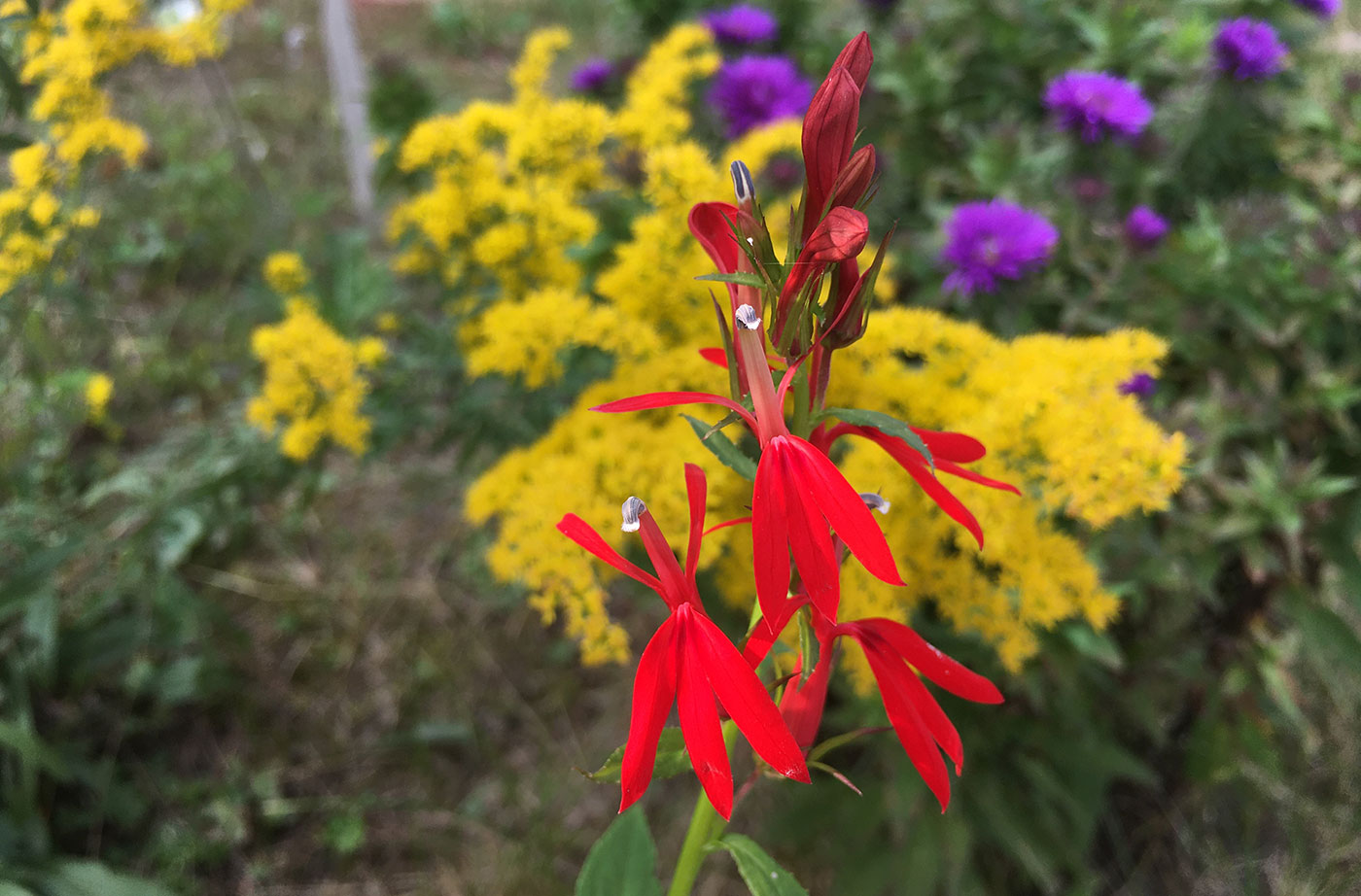
Cardinal Flower (Lobelia cardinalis): Vivid red flowers with delicate and graceful structure. These plants like to keep wet and did well in a shady location.
The challenge of growing a native wildflower garden comes from learning to be patient and persistent and keeping an open mind. We have been conditioned to assume that many of our native plants are “weeds.” Some of this comes from marketing campaigns by companies that make millions selling pesticides. But I think this also stems from a lack of familiarity with the stages of native plant lifecycles—stages that don’t necessarily appeal to our aesthetic (or the aesthetic of our neighbors).
Compared to some of the showy nonnative plants common in yards, native plants can have a more subtle beauty. Ragged leaves and hairy stalks may not be considered Instagram-worthy to some, but they help our native flora survive Maine’s often harsh conditions. And while you may not find the mottled browns, reds, and green attractive, wildlife do! This is often evidenced by asymmetric holes and other marks left by the creatures who feed on them. To me, these “imperfections” make them fascinating and provide a glimpse into a world that’s easy to ignore, one that reminds us of the connectedness of all things. They remind me that people, places, and cultures are often disregarded because they are not understood, but once we get to know them, they enrich our lives in so many ways.
For native plants, the challenge is to wait, let them grow, enjoy the showy flowering days they may have, and then wait some more. This is the beauty that is within and easy to overlook. It’s the process of learning to look closely. I find an incredible amount of joy watching them grow, change, and migrate. Every day there is always a new, colorful flower waiting to be discovered. Identifying new native plants can be very difficult for the layperson before it flowers, so if you’re like me, you have to watch and wait. And the suspense is intense, in a good way! Is it a native aster or a non-native mugwort? If it’s an aster, will it be a calico or a heath?
As time has passed and I’ve become familiar with my native wildflower garden, the excitement of growing new native species has motivated me to add native species that are absent. Luckily, there are a increasing number of nurseries and plant sales in New England that are focused on propagating and selling native plants. When I am looking for a new plant, I make sure to go to one of these nurseries or events to get a true native plant.
These producers ethically grow plants from seed that support genetic diversity. That means the plant will do the things it was meant to do to support life: produce pollen, nectar, and seeds, provide habitat, taste good to native animals, and withstand more growing conditions. Because they are native plants, their life cycles are timed perfectly to the seasonal needs of Maine’s wildlife.
In addition to letting part of my lawn grow wild, and purchasing native species from specialists, I prioritize purchasing plants native to North America when shopping at my local garden center. When I do, I keep in mind that many of the plants at garden centers are often “cultivars,” which means they may not function like a true native species in my garden ecosystem. Many cultivars are clones or have been genetically modified to appeal to humans, not wildlife. And then there is the question of pesticides…were they used? Still, it is good to prioritize these plants over non-natives, and I enjoy talking to my garden center about the importance of native species and eco-friendly gardening. It’s a good way to encourage them to pay attention to these issues, and to provide native plant options to their customers.
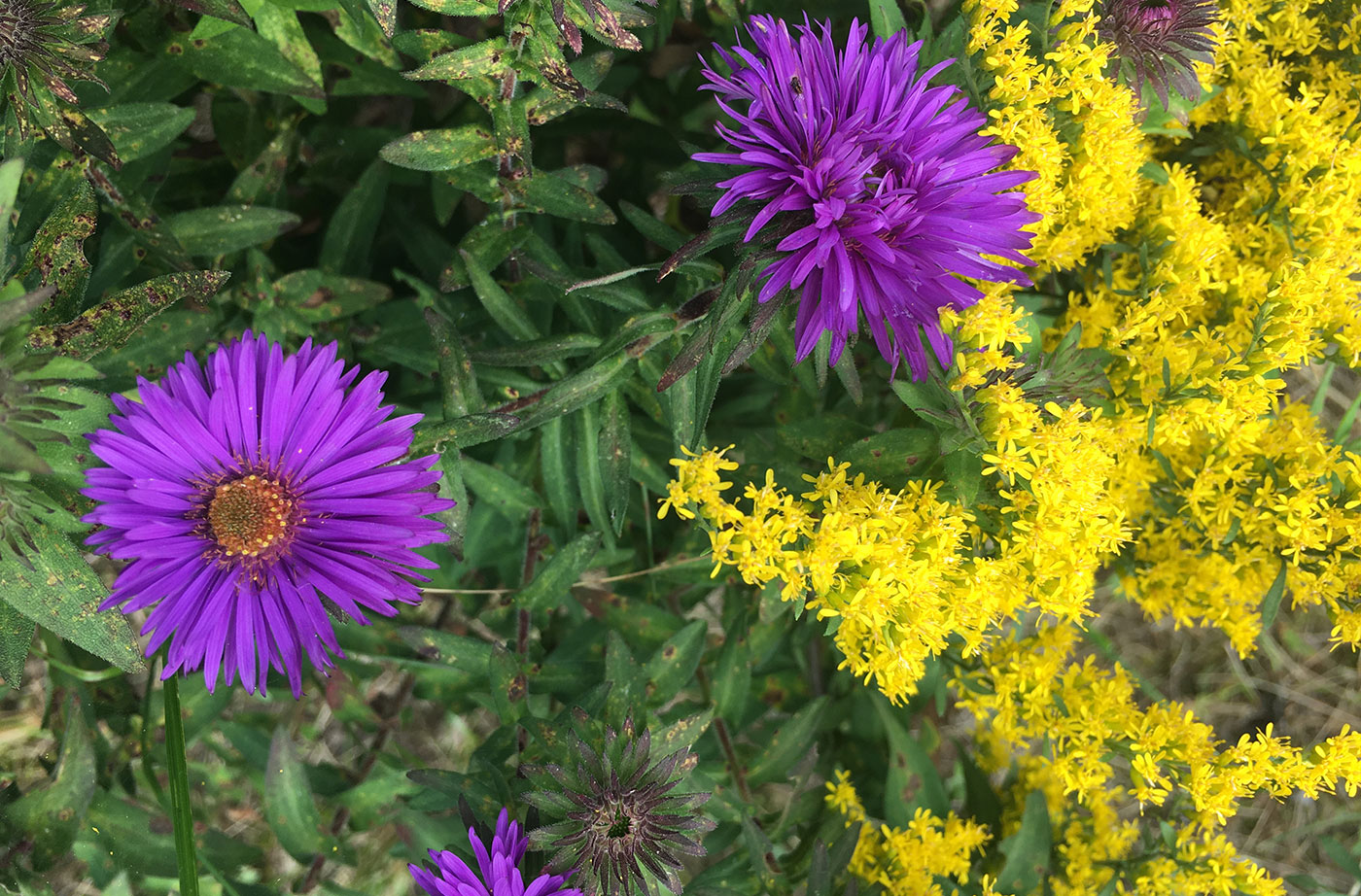
New England Aster (Aster novae-angliae) and Goldenrod (Solidago canadensis): Bright purple and yellow flowers in late summer contribute to a beautiful “grand finale.”
Growing a native garden is an exciting and rewarding way to take action for the planet. If more of us reversed the monotonous landscapes of our cities, suburbs, and exurbs into diverse native landscapes, our ecosystems would be healthier and better prepared for climate change.








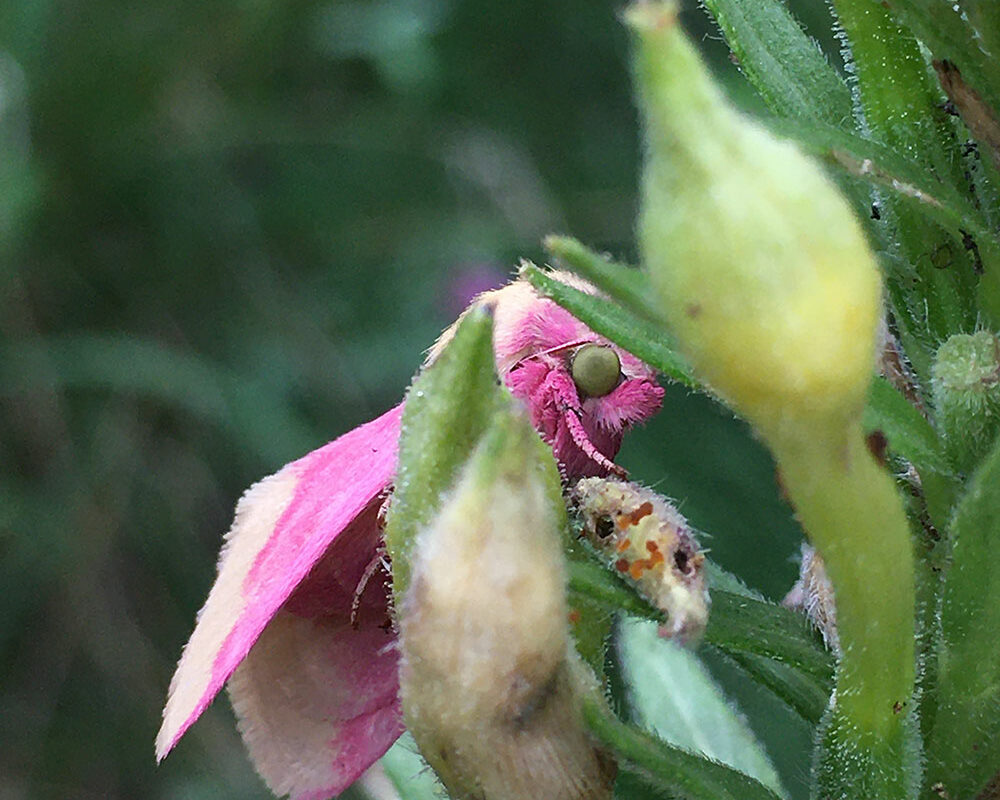
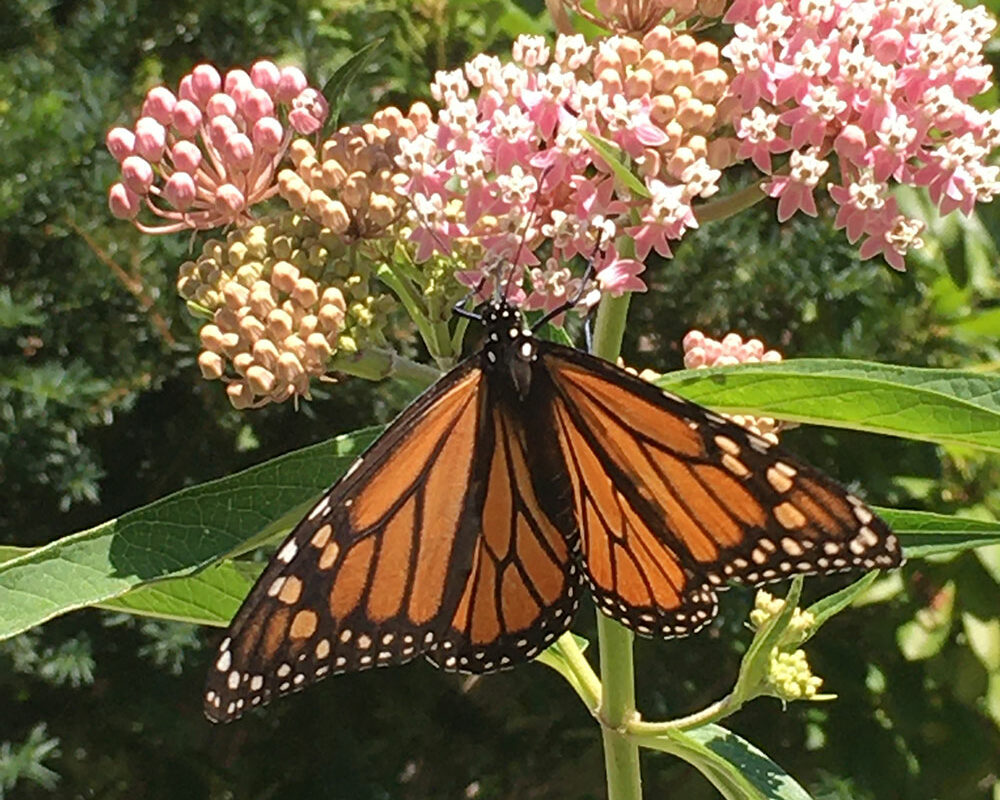
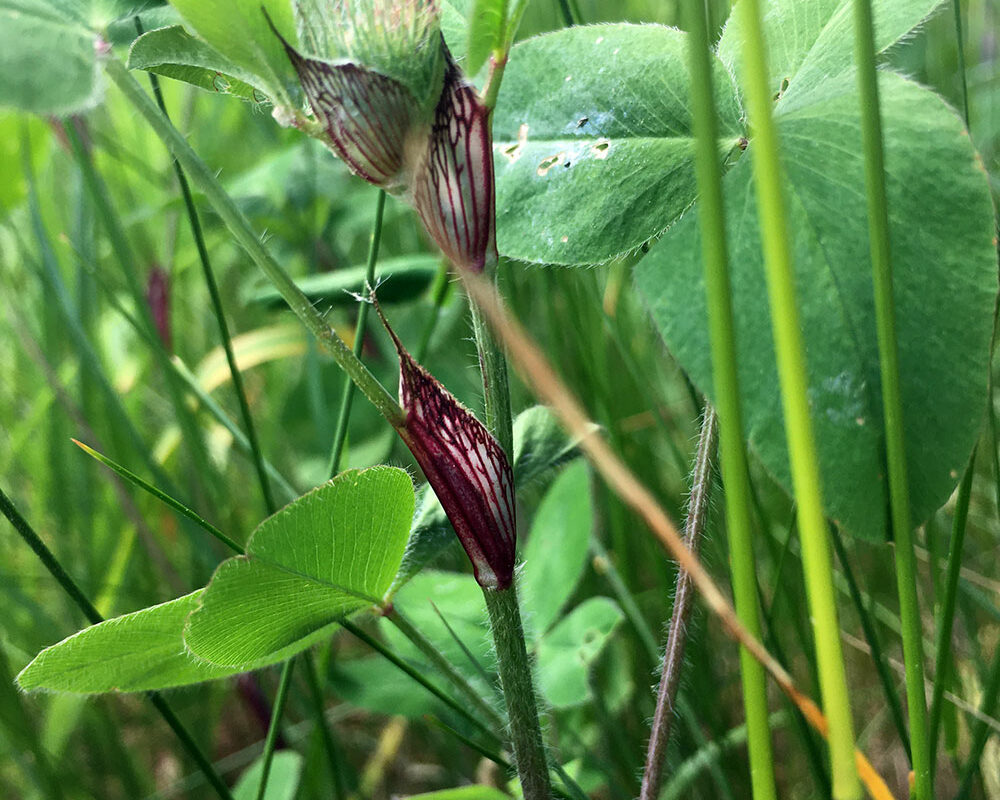
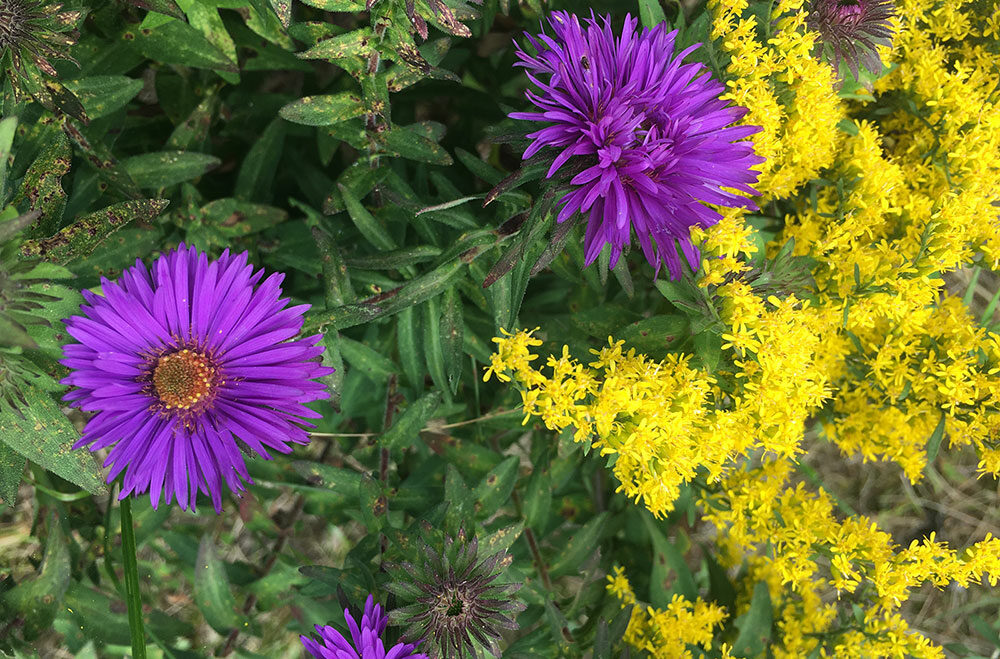
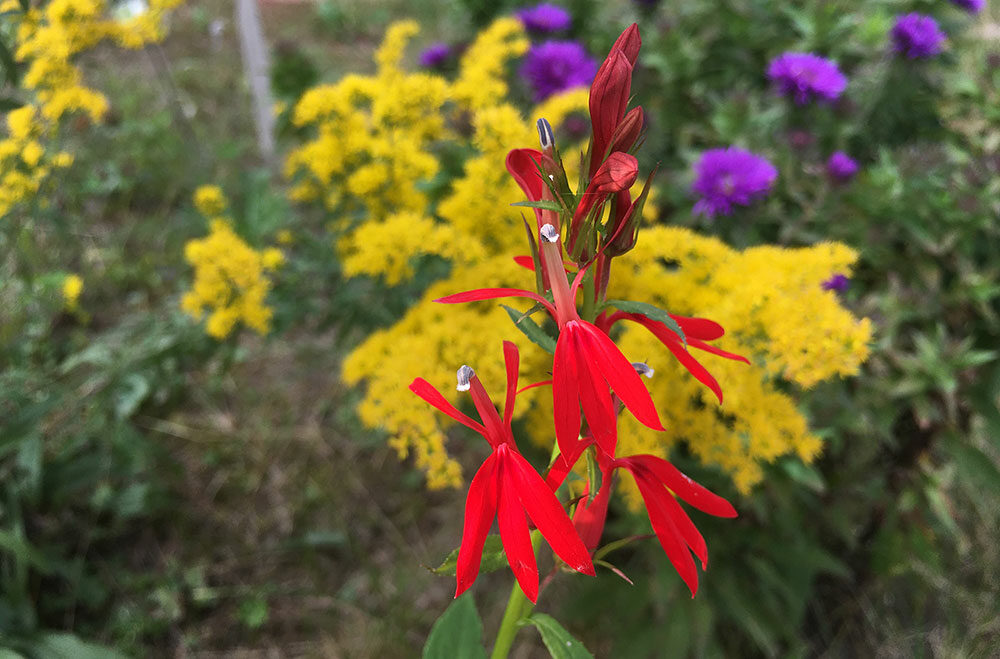
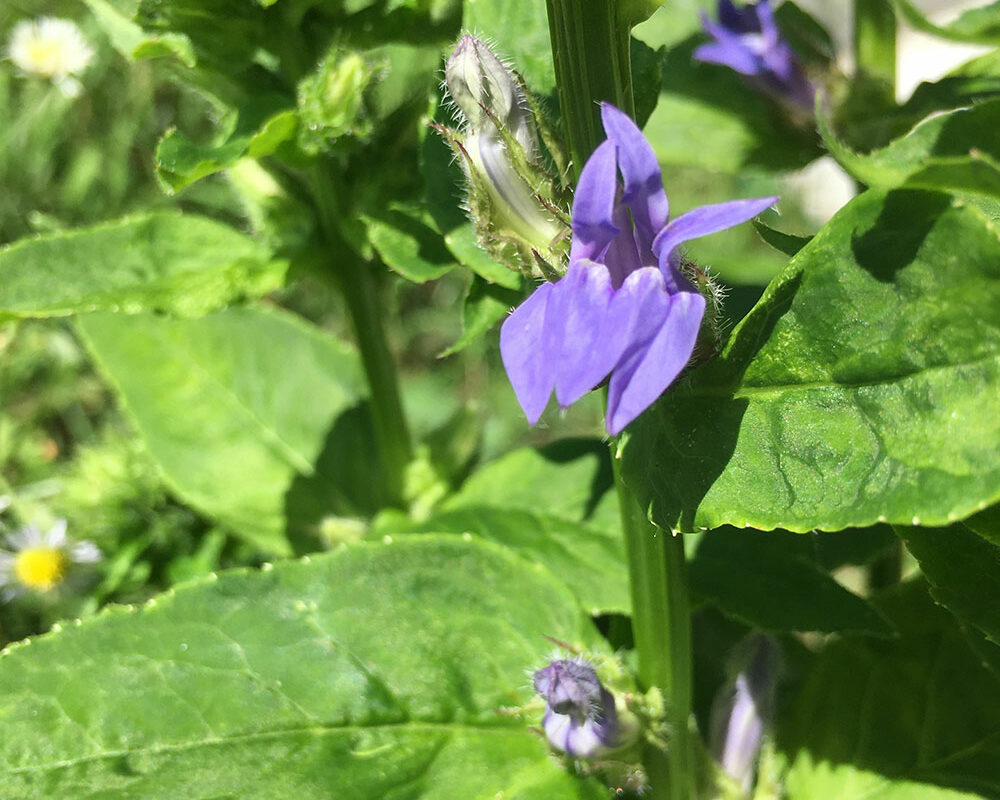
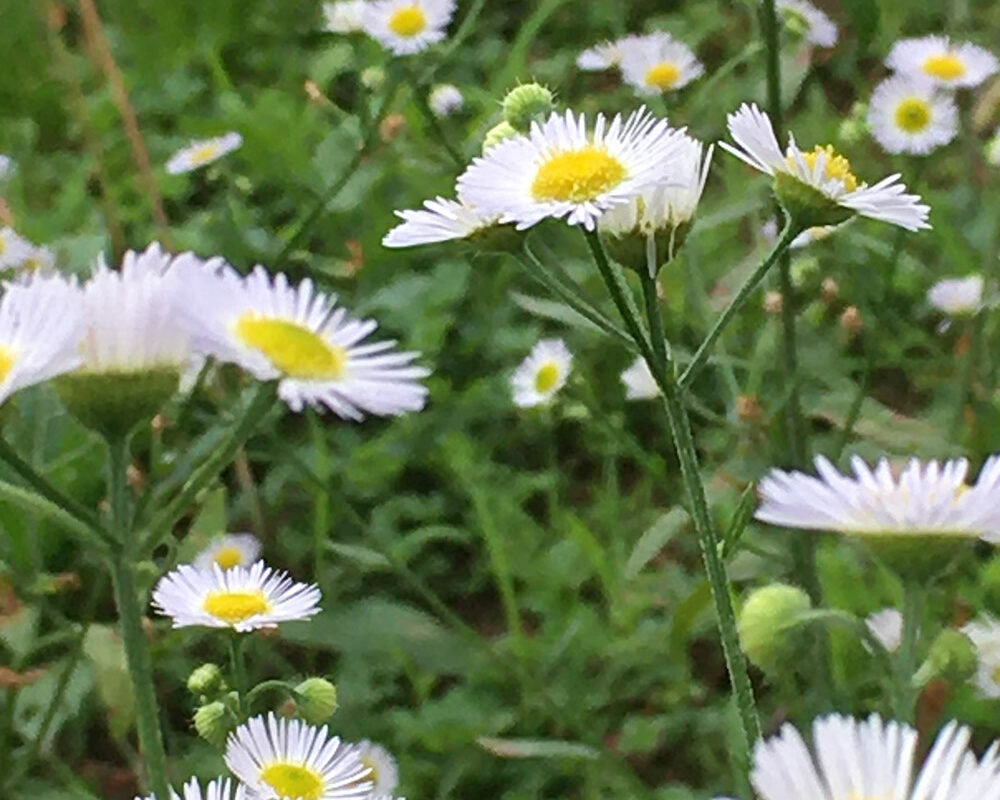
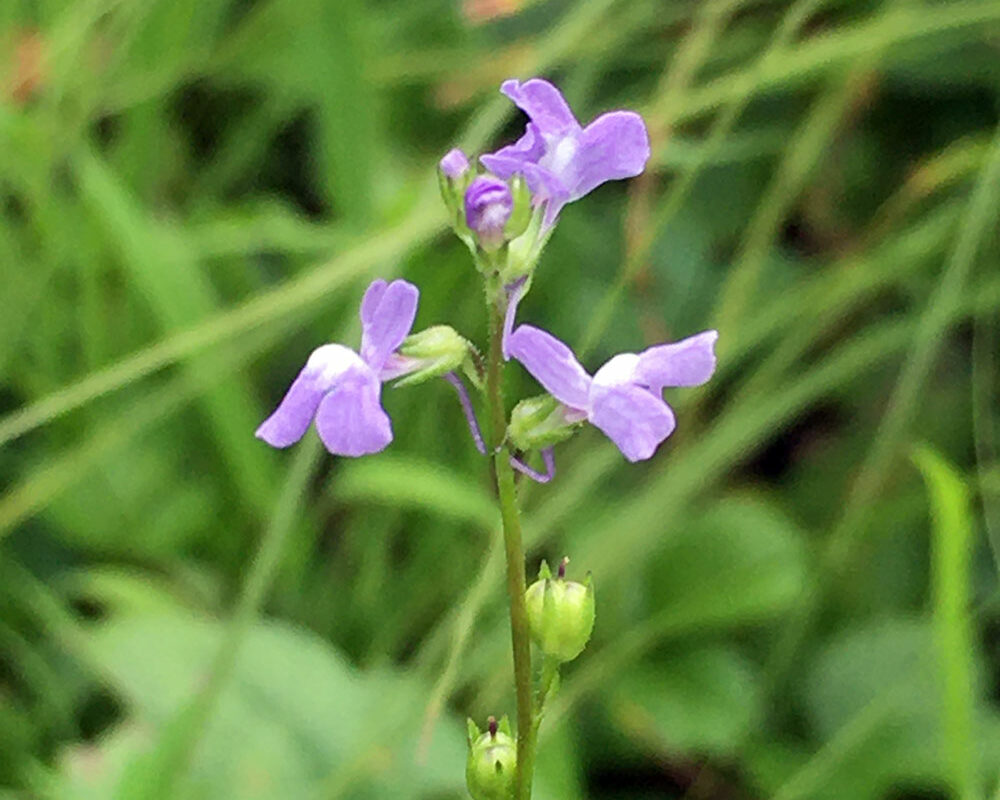
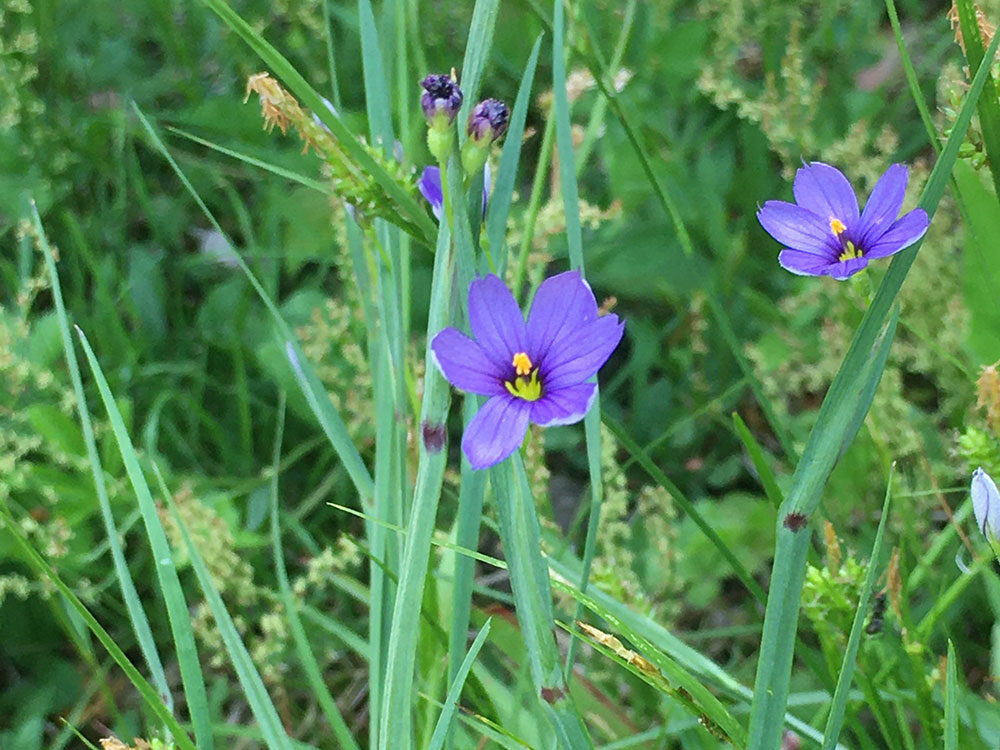
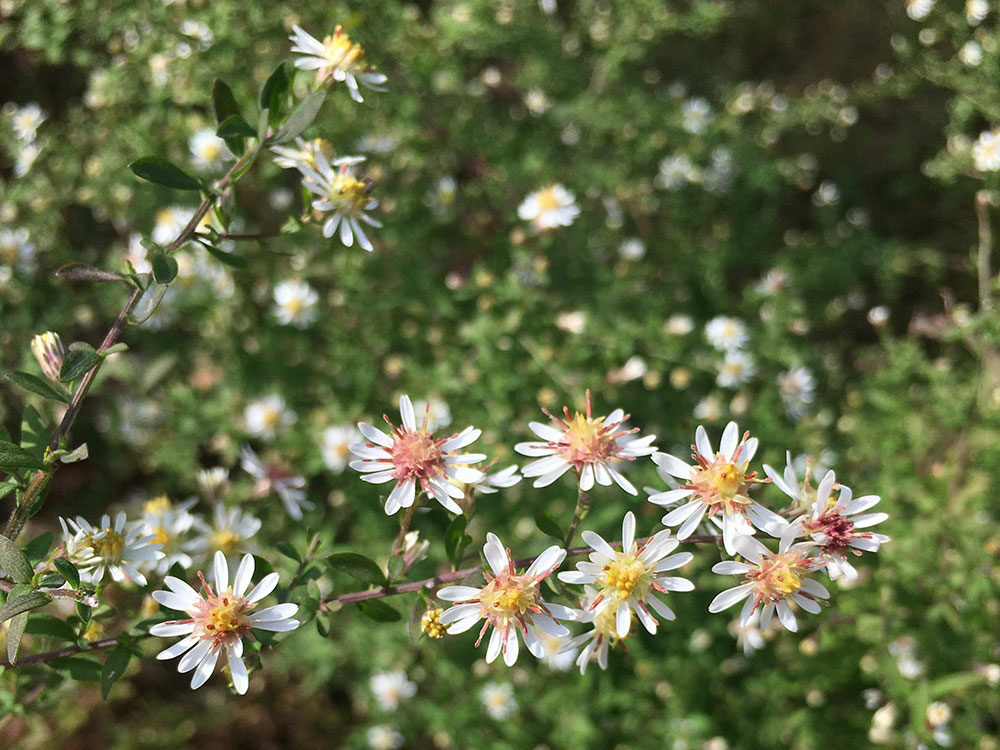



Leave a Reply